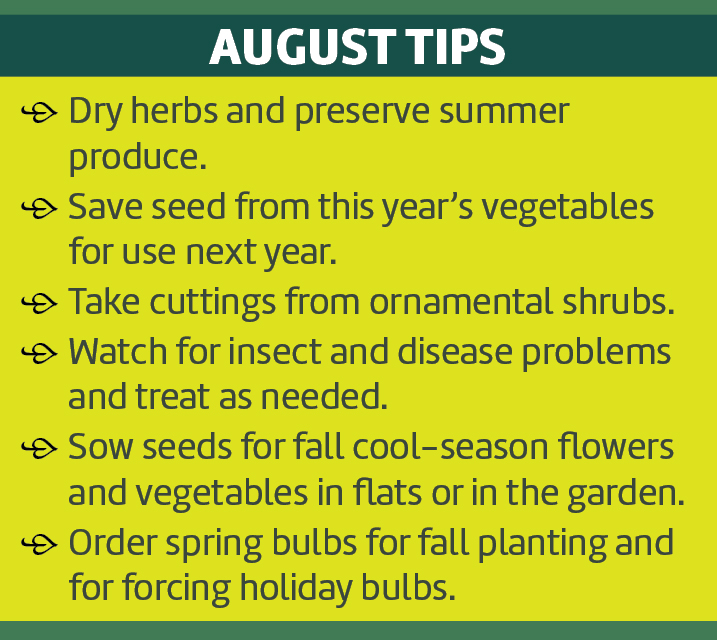By Katie Jackson
On the bright side, outdoor lighting makes nighttime yards and gardens safer and more beautiful. On the dark side, outdoor lighting contributes to light pollution and can cause all kinds of problems for all kinds of creatures. Luckily, we can balance the dark and light sides of outdoor illumination by using conscientious, judicious lighting strategies.
Light pollution is a modern-day problem caused by the overuse and misuse of artificial lights, particularly those that produce bright white or blue light. Yes, good outdoor lighting is often necessary for our safety and security, but if used excessively or inappropriately, it can eclipse the natural luminosity of the moon and stars, which in turn affects the circadian rhythms of the natural world.
For example, light pollution not only limits our ability to really see a night sky, it can also disrupt plant growth and flowering, cause migrating birds to fly into buildings, lure newly hatched sea turtles away from the safety of the sea and disturb the sleep cycles of us humans.
The good news is, we humans can mitigate the damage (and save energy) by following a few basic principles suggested by the International Dark-Sky Association, a nonprofit on a mission to “preserve and protect nighttime environments and the heritage dark skies through environmentally responsible outdoor lighting.”
According to IDA, light pollution worldwide can be drastically reduced simply by using artificial lights judiciously — only when and where they are truly needed — and using light pollution-limiting bulbs that reduce brightness and disruptive blue light emissions.
Sure, the greatest impact would be made if these steps are adopted in major metropolitan areas, but you can make a small  dent in your own backyard, and it all starts with a garden stroll. Take a walk around your landscape in both daytime and nighttime conditions to determine the effects created by both the sun and moon on your home and yard. While you’re out there for the night stroll, cut on your current outdoor lights as well as any indoor lights that shine into the yard and see how they affect the nighttime landscape.
dent in your own backyard, and it all starts with a garden stroll. Take a walk around your landscape in both daytime and nighttime conditions to determine the effects created by both the sun and moon on your home and yard. While you’re out there for the night stroll, cut on your current outdoor lights as well as any indoor lights that shine into the yard and see how they affect the nighttime landscape.
Once you know your current lighting situation and future lighting needs, you can focus better on where lights are truly necessary and what changes are needed to maximize their use.
During your stroll, take time to identify focal points or main elements in your landscape where lighting would be most beneficial. You may want to focus light on specific elements of the landscape, such as large trees, the main entrance, a front walk or a garden sculpture or fountain. Also identify areas that need extra light for safety and security, such as dark corners and potential hazards such as steps and curbs. With this information in hand, you can design your own nature-friendly lighting plan or take your nature-friendly ideas to a professional landscape designer.
And as you create and implement a plan, or simply make small changes to your current lighting, keep these IDA tips in mind:
• Whenever possible, use only fully shielded, downward-pointing light fixtures.
• Replace bulbs with “warm-white” or filtered LED (light-emitting diode) lights.
• Install dimmers, timers and motion sensors to reduce light use.
• Dim or turn off all lights overnight.
To learn more about light pollution and strategies to dim that pollution, visit IDA’s website at www.darksky.org. And make sure you take time to enjoy your nighttime landscape. Whether you wander in the garden or simply sit on the porch or patio in the dark, you’ll see and hear a whole new world.
Katie Jackson is a freelance writer and editor based in Opelika, Alabama. Contact her at katielamarjackson@gmail.com.





